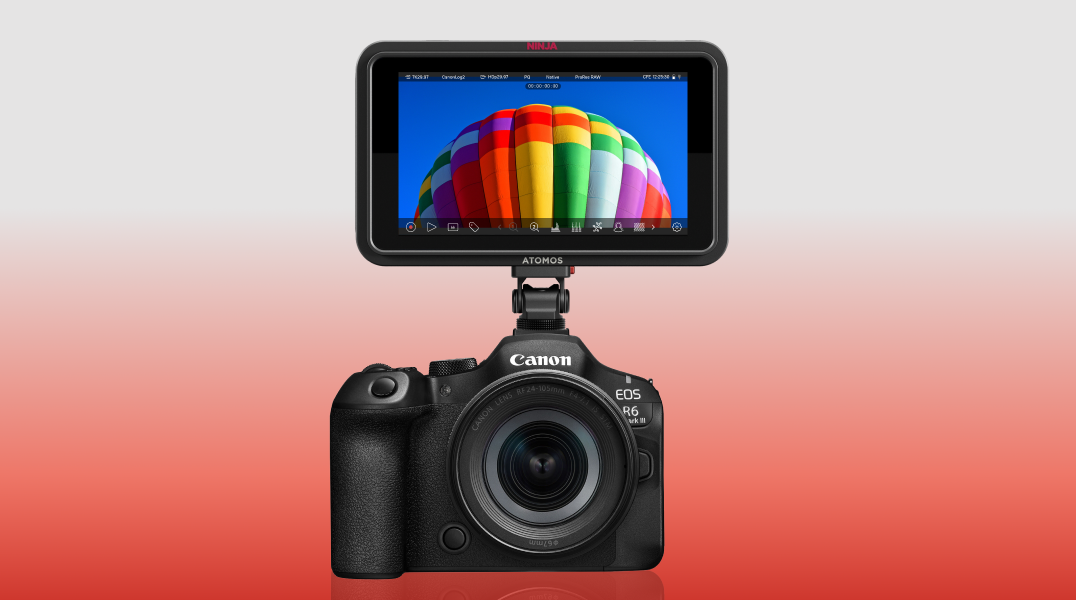FCC's 10th Annual Video Competition Report Finds . . . Competition
In it's 10th annual Video Competition Report, the FCC discovered that there is, indeed competition in the market.
Between new delivery platforms, including broadband, wireless cable, SMATV and the Internet, and an explosion of video channels, Americans have more programming choices than ever before, the FCC concluded. Additionally, the report found that cable's once nearly ubiquitous hold over the multichannel video market has dropped to about 75 percent, due primarily to competition.
Told ya so, said cable's chief lobbyist, who also used the opportunity to get in yet another plug for deregulation.
"The FCC's report reaffirms the sweeping competitive changes that have taken place in the video marketplace over the past ten years," said a statement from Robert Sachs, president and CEO of the National Cable and Telecommunications Association. "To the benefit of consumers, deregulation and competition have produced a vibrant digital video and broadband marketplace."
The FCC itself allowed that free-market forces were more effective at creating competition than the agency's own machinations.
"In 1992, the FCC established the video dialtone framework that permitted LEC entry consistent with statutory prohibitions. Subsequently, Congress amended the Communications Act to permit LEC entry in their telephone service areas under one of four statutory frameworks. Despite these efforts to foster competition, however, significant LEC entry into the video marketplace has failed to materialize," the agency observed in its release. "On the other hand, direct broadcast satellite (DBS) TV service, which first became commercially available in 1993, has become the most significant national competitor to cable."
Other findings in the report indicate that between year-end 1993 and June, 2003:
Multichannel subscribership grew from 60.3 million to 94.1 million households;
Cable subscribership grew from 57.2 million to 70.5 million households (about where it was in 1999);
Cable's hold on the multichannel video market dropped from around 95 percent to just under 75 percent;
Cable rates rose more than 53 percent, reflecting nearly twice the growth rate of the Consumer Price Index (number of channels and programming costs also increased at an unspecified rate);
Non-cable multichannel video subscribers grew from 3.1 million to 23.7 million, about 20.4 million of them DBS.
The full text of the report can be downloaded from the FCC's home page at www.fcc.gov.
The professional video industry's #1 source for news, trends and product and tech information. Sign up below.
